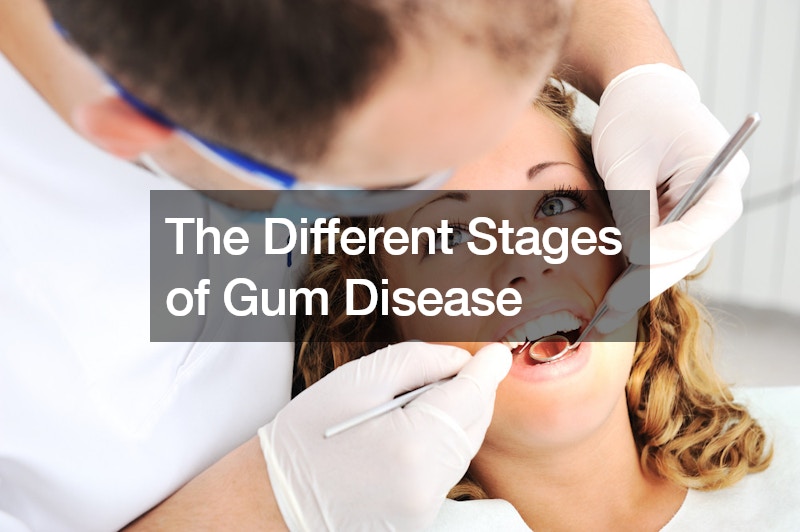
According to the website Byte, 47% of US adults over 30 suffer from some form of gum disease. Furthermore, over 30% have moderate gum disease, and 8.5% have severe gum disease. There are four stages to this disease. The YouTube video explains the topic in more detail.
From Gingivitis to Periodontitis
There are four distinct stages of gum disease, each with unique characteristics and features. Gingivitis is the initial stage and is marked by swelling, redness, and bleeding gums, especially when brushing teeth. It’s the result of poor oral hygiene. However, you can still reverse the effects during the early stages of the disease.
The next three stages are early, moderate, and advanced periodontitis. These stages get progressively worse if the disease is left untreated. The disease starts to spread below the gum line, where it causes damage to the soft tissue. In addition, patients experience bad breath, pockets forming between the gums and teeth, and receding gum lines.
During the advanced stage, patients experience extreme deterioration of the gums and teeth, and teeth may loosen to the point where they fall out. In cases of severe infection, the patient may develop an abscess. Early treatment can prevent the progression of the disease.
Gum disease, known as periostitis, progresses through four stages. During the initial onset of the disease, proper oral hygiene and professional dental care can prevent its spread and reverse the disease. Regular check-ups are essential.

